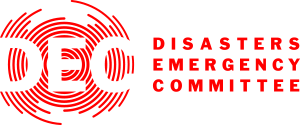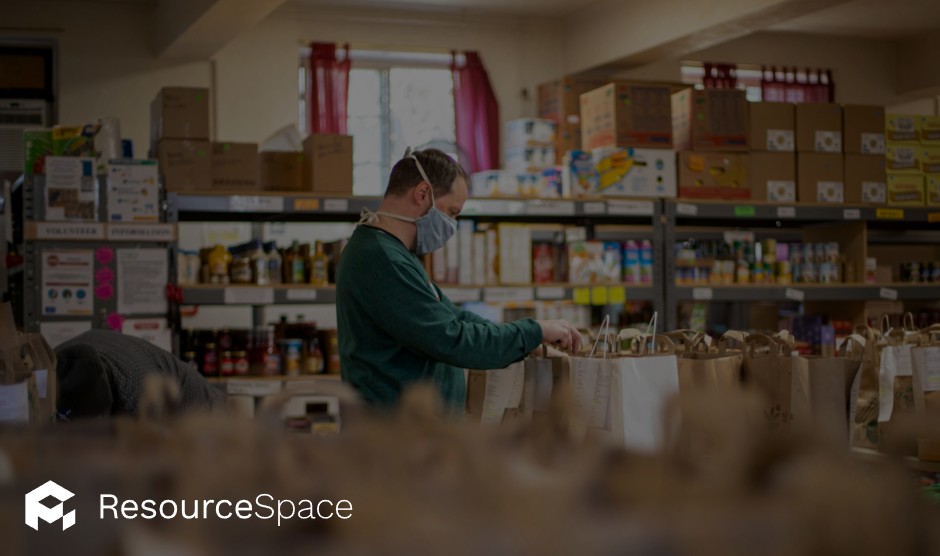
ResourceSpace has changed the way the DEC uses content, making it much easier for us to quickly make assets available both internally and externally during our emergency appeals.
Blog
22nd May 2025

Charities and non-profit organisations operate in a very different way compared with most organisations.
From how they generate funds and allocate budgets, through to how they can and should promote the work that they do, charity organisations often need to find solutions and systems that are tailored to their particular way of working.
This is no less true than when it comes to Digital Asset Management (DAM), and if you’re a DAM Manager working in this sector then here are some industry-specific best practices we hope you’ll find useful.
READ MORE: Why ResourceSpace is perfect for... charities
There are five key best practices that DAM Managers working within the charity sector should follow:
Let’s dive into each of them in more detail.
Charity organisations often have a wide network of global contributors, which means defining clear workflows for digital asset uploads is essential to maintaining an organised, effective and efficient DAM system—an important factor for charities when time and resources are already tight.
When assets are being uploaded by both internal teams and external contractors—for example, photographers, videographers and content creators—structured processes help ensure consistency, quality and compliance with relevant privacy and usage legislation, as well as policies you may have set internally.
A clearly defined workflow sets expectations for how assets should be named, tagged, described and categorised within the DAM at the point of upload, reducing the burden on DAM Managers to retrospectively organise content and ensuring assets are immediately discoverable and usable. It also prevents duplication and makes version control easier, ensuring the various DAM users and teams can only access the most up-to-date and approved assets. DAM systems also allow for easy filtering of content to ensure the right teams only have access to the content that’s approved for them - and nothing else.
This workflow should consider the different types of contributors that will be uploading content to the DAM, including access levels and training on how to upload their content for approval. For example, external contributors may need simplified upload forms and predefined metadata fields to streamline the process and maintain high standards.
DAM Managers working in the charity sector need to go beyond generic metadata and think about the information that will reflect the unique needs of the users—particularly those teams that are creating campaigns, donor reports and social content.
For example, metadata can support storytelling by capturing details such as location, project name, beneficiary stories, usage rights and relevant dates. This ensures that when teams search the DAM, they can quickly find powerful, on-brand content that brings your organisation’s impact to life.
As with any brand, consistency is also essential, so provide guidance where possible to avoid duplication or misuse, particularly when that clashes with the brand's mission and values.
Charities and non-profits working internationally will often have staff based in countries around the world, and this can pose some challenges for DAM Managers that are supporting multilingual or international teams.
In this case, metadata standards need to be clear, consistent and easy to apply across different languages. This requires stricter controls on the vocabulary used for metadata, and this can be supported by providing dropdowns and predefined tags, rather than free text fields. This helps to reduce the inconsistencies and errors that can occur when non-native speakers are trying to tag assets with metadata in a language they’re not fluent in.
Where possible, DAM Managers should also include translations for critical metadata terms so international users understand when to use them correctly.
Developing clear digital asset consent and permissions policies is essential for charity organisations to ensure ethical and legal use of content, particularly when it involves vulnerable individuals or communities, or children.
As a DAM Manager, it’s your responsibility to make sure that every asset entering the system has the appropriate usage rights and consent documented.
These policies should outline what type of consent is required depending on how and where an asset will be used—for example, public campaigns, internal reporting or partner sharing. Consent forms should be standardised, stored securely and linked directly to the relevant assets within the DAM.
Clear labelling of permissions—such as usage restrictions, expiry dates or limitations based on locality—help teams to make informed decisions about content use, which ultimately reduces reputational and legal risks. DAM systems allow for resources to be automatically archived when they’ve expired to make sure no files get used inadvertently when they shouldn’t be.
CASE STUDY: ResourceSpace + Oxfam International
For charity DAM Managers, regularly monitoring digital asset usage is vital to ensure assets are being used appropriately, effectively and in line with consent and branding guidelines, as well as helping you to understand where potential asset gaps might be.
Accurate asset reporting also supports impact measurement, providing insight into how content contributes to fundraising or awareness goals, which is essential when it comes to justifying the time and money that has been put into a particular campaign.
So, if you’re a DAM Manager or have responsibility for managing digital assets at scale and work in the charity sector, now’s the time to explore why ResourceSpace is the ideal Digital Asset Management platform.
Book your free 30-minute demo below and one of our solutions specialists will walk you through all of the features that support the above best practices, as well as any other functionality that might be critical to your organisation.
#BestPractice
#Charities
#NonProfits
#ResourceSpaceTips
#MetadataStandards
#WorkflowManagement
#AssetUsage
#Consent
#IndustryNews
#Fundraising
#ImageBanks
#LegalCompliance
#ProductUpdates